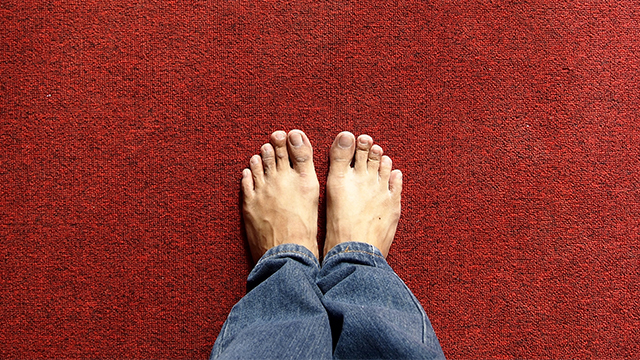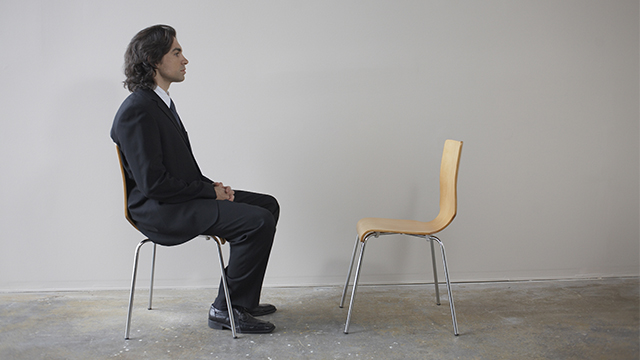5 Character Development Techniques to Use in Rehearsals
Written by Ashleigh Gardner
March 29, 2018
Hey, new directors! (Or seasoned ones!) Searching for a creative way to help your actors do some great character work? Check out these five easy activities below. You can use these in one or two rehearsals or sprinkle them throughout the rehearsal process. Have fun!
1. Performing scenes with a dialect.

Sometimes a dialect might help the actor uncover the character’s nature or make discoveries. If a character is proper, thinking oriented, or highly intelligent, try a Queen’s English or German dialect. If a character is playful or rough and tumble with strong language, try rehearsing with a cockney or Bronx dialect. If a character is rooted in emotions and loud (larger than life), try an Italian or French dialect. Even if these dialects are not called for in the show, playing with them in rehearsals may prove valuable for character development.
2. Using Michael Chekhov’s Trinity of Psychology.

Michael Chekhov’s theory and method of the Trinity of Psychology uses three forces of psychology: thinking, feeling, and willing. A character that acts based on logical thinking forces is thinking-dominated. One that acts on emotions is feeling-dominated. One that acts on desires and impulses is will-dominated. All characters fit at least one of these forces, and each force is assigned a particular kind of prop to work with. Thinkers are given a stick or a pencil to work with (precise, logic-based thinking), feelers are given a scarf or a tissue (fluid emotions), and willful characters are given a ball to bounce against other surfaces (impulses). Here’s a good PDF that explains the forces. Click here to watch a video that further explains the technique.
3. Exchanging music between two characters.

Sometimes music does more to convey emotions and messages than writing or physical work, and some actors may respond better to using music to associate particular songs with how their character feels toward another character. If there are two characters that have a strong connection in the play, the director may consider having the actors who play those characters exchange songs (no more than 3). One that the character feels represents themselves, one that the character feels represents the other character, and one that represents their relationship with each other. If the actors wish, these songs can later be used in warm-ups and periods before performances during which actors are getting into character.
4. Using Viewpoints to help develop a character’s walk.

The Viewpoints method was developed by choreographer Mary Overlie and adapted for use on the theatre stage by Anne Bogart and Tina Landau. It involves walking a space and experimenting with principles of movement through time and space: architecture, spatial relationship, topography, shape, gesture, tempo, duration, kinesthetic response, and repetition. Emotion may also be included in this as a factor in how a character moves. Directors can instruct their actors to walk the room as their character and play around with these nine elements. Get the Viewpoints book here. Click here to see a video of the Viewpoints method being used as part of a student’s thesis.
5. Hot-seating.

This technique involves directors placing the actor participating in a central seat in the rehearsal room and asking the actor questions. The actor responds as their character, doing their best to remain in character and answer all questions as if the character were answering. Questions can range from friendly conversation to interrogations to talk-show type inquiries.
Need some advice? We’ve got you covered.
- 3 Clowning Exercises for New Directors
- 3 Essential Books for the New Director
- 5 Small Ways to Get Into (And Embrace) Your Character
- 5 Vital Questions to Ask Yourself When Performing a Monologue or a Scene
- 5 Reasons Why You Shouldn’t Sweat Reviews
- 9 Useful Diction Exercises for Every Actor
- 5 Advantages of Learning Stage Combat
- 11 Makeup Tutorial Videos for Your Next Period Piece
- Don’t Be a Diva: Common Pitfalls and How to Avoid Them
- 9 Articles of Clothing Every Thespian Should Keep In Their Wardrobe
- “Is my attitude not getting me roles?” And Other Essential Questions for Actors
- 6 Steps to Memorizing Shakespeare
- 10 Tricks to Staying Healthy All Season Long
- 5 Tips for Nailing Your College Music Theatre Audition
- How to Balance Theatre and Coursework
- 10 Items Every Actor Should Carry in Their Rehearsal Bag
- 10 Items Every Dancer Should Keep in Their Rehearsal Bag
